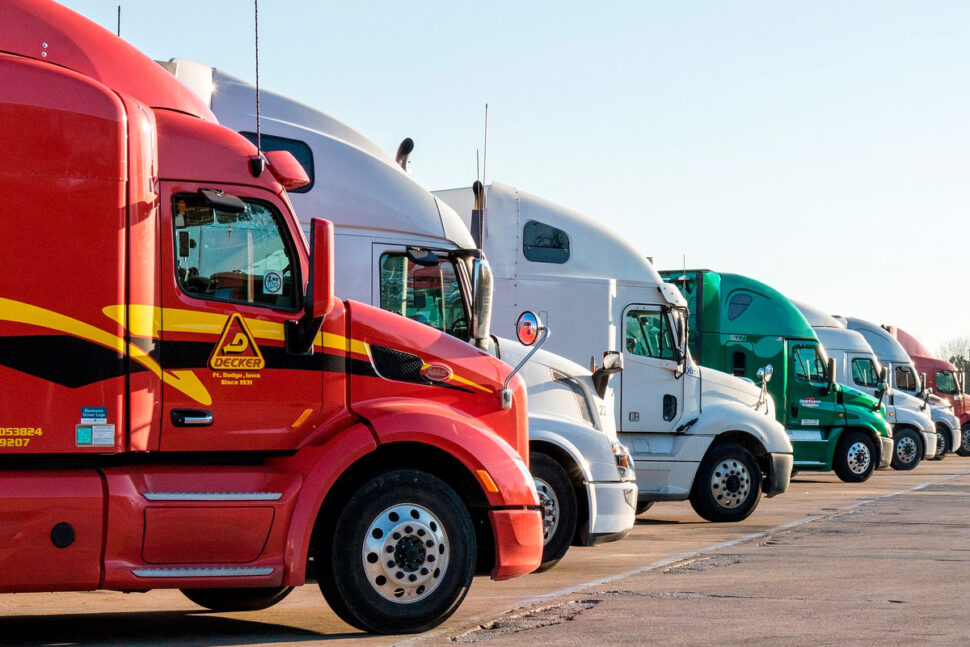Transloading in Logistics: Understanding the Process and Meaning
Transloading, at its core, involves the transfer of goods from one mode of transportation to another during the shipping process. For instance, goods might be moved from a truck to a train or from a ship to a truck, facilitating seamless transport from the origin to the final destination. Notably, a city like Miami, with its strategic geographical position and robust logistics infrastructure, boasts specialized “transloading services in Miami” that cater to a diverse range of commodities and shipping requirements.
In contrast to other logistics processes such as cross-docking or warehousing, transloading doesn’t necessarily focus on the quick transfer of goods or prolonged storage. Instead, it prioritizes optimizing transportation methods, regardless of whether storage is needed in the interim.
The Transloading Process
The intricate dance of the transloading process begins with the arrival of goods at a transloading facility, often located at strategic transport junctures. Upon arrival, the initial step is the unloading of the cargo, ensuring careful handling to prevent damages. Subsequently, the goods undergo sorting and inspection, a crucial phase that ascertains the integrity and correctness of the consignments. Once verified, items are then loaded onto the subsequent mode of transport, aligning with their next leg of the journey. In modern facilities, especially in bustling hubs akin to those offering transloading services in Miami, technology plays an indispensable role.

Advanced tracking systems provide real-time visibility of the goods, while automated sorting mechanisms ensure speed and accuracy, enhancing the efficiency and reliability of the entire process.
Benefits of Transloading
Transloading, as a pivotal component of the logistics landscape, offers businesses a plethora of advantages, central among them being the efficient utilization of diverse transport modes. This efficiency not only allows companies to leverage the most effective method of transport for specific legs of a shipment’s journey but also translates into tangible cost savings. For instance, goods might be shipped via ocean to a port and then transferred to trucks for final delivery, maximizing both speed and cost-effectiveness.
Moreover, the inherent flexibility of transloading empowers businesses to adapt to changing conditions by selecting alternate routes or transportation methods, ensuring timely delivery even when faced with unforeseen challenges. This dynamic adaptability reduces the dependency on large, centralized storage facilities, leading to substantial savings in warehousing costs. Furthermore, since transloading often eliminates the need for extended storage durations, goods move more swiftly through the supply chain, enhancing its overall speed and reliability. Thus, in a competitive market where timely delivery can make or break a business deal.
Transloading Challenges and Considerations
While transloading offers a multitude of benefits, it is not without its challenges that companies must navigate diligently. One of the foremost risks associated with the transloading process is the handling of goods multiple times, which increases the likelihood of damage or loss. This frequent handling requires robust security measures, as each transition can potentially expose the cargo to theft or mishandling, particularly in areas with less stringent oversight.
In addition, the complexity of transloading demands specialized equipment and facilities tailored to handle diverse types of cargo, from bulky machinery to delicate perishables. Investing in or accessing these specialized resources can be a significant hurdle, especially for businesses new to the process or operating in regions where such facilities are sparse.
Furthermore, the success of transloading hinges on impeccable coordination among various carriers and stakeholders. Each transition, whether from truck to train or ship to plane, necessitates seamless communication and collaboration to ensure schedules align, cargo is properly transferred, and all parties are updated on any changes or issues. This interdependence introduces potential bottlenecks, as a delay or miscommunication in one segment can ripple through the entire supply chain, affecting delivery timelines and overall efficiency.
Long story short
In the intricate tapestry of global logistics, transloading stands out as a key thread that binds different modes of transportation, creating a cohesive, efficient, and adaptive supply chain. Grasping the intricacies of transloading is paramount for businesses that aim to be at the forefront of global trade, leveraging advantages from cost savings to enhanced supply chain agility. The process, while replete with benefits, also demands careful consideration of its associated challenges, from security concerns to the need for specialized equipment and synchronized coordination.
As industries evolve and markets become more competitive, the capacity to swiftly adapt and optimize transportation routes will be a defining trait of successful enterprises. Therefore, businesses, whether seasoned giants or budding startups, should deeply ponder how integrating transloading into their logistics strategy can catapult them to new heights of efficiency and reliability.
References
- Smith, J. (2019). The Evolution of Transloading: From Origin to Modern Day. Logistics Weekly Journal, 23(4), 56-60.
- Martinez, L. (2021). Efficiency in the Supply Chain: The Role of Transloading. International Trade Review, 28(2), 124-130.
- TransLog Global Services. (2020). The Comprehensive Guide to Transloading and Its Benefits. Retrieved from [website URL].
- Liu, K., & Zhang, X. (2018). Security Measures in Modern Transloading Facilities. Maritime Security Monthly, 19(1), 42-48.
Watch our Podcast
Get a quote in minutes!

GUIDE TO AVOID UNNECESSARY FREIGHT CHARGES
This is the A-to-Z guide of accessorial charges... it includes an explanation of each fee, the standard industry rates, as well as tips on how to handle them like a pro.
Just enter in your email address and receive your FREE E-Book in minutes!
Recent Posts
- Top 8 Best Warehouses in Miami 08/27/2024
- Top 10 Top-Tier Bonded Warehouses in Miami 08/08/2024
- Essential Insights: All You Have To Know About Pharmaceutical Warehousing 08/01/2024
- E-Commerce Freight Forwarding: A Simple Overview 08/25/2023
- What Do You need to Know about Robotic Picking System Warehouse? 08/24/2023
- Cross-Docking vs. Warehousing: Navigating the Intricacies of Miami Logistics 08/18/2023
- The Future of Storage: How Modular Warehouses Can Help Business Operations? 08/15/2023
- Transloading vs. Cross-docking: Key Differences in Logistics 08/11/2023
- Transloading in Logistics: Understanding the Process and Meaning 08/11/2023
- The Key Differences between Warehouses and Fulfillment Centers in E-commerce 08/04/2023